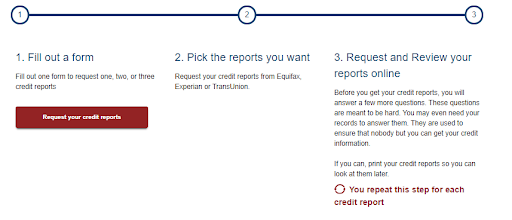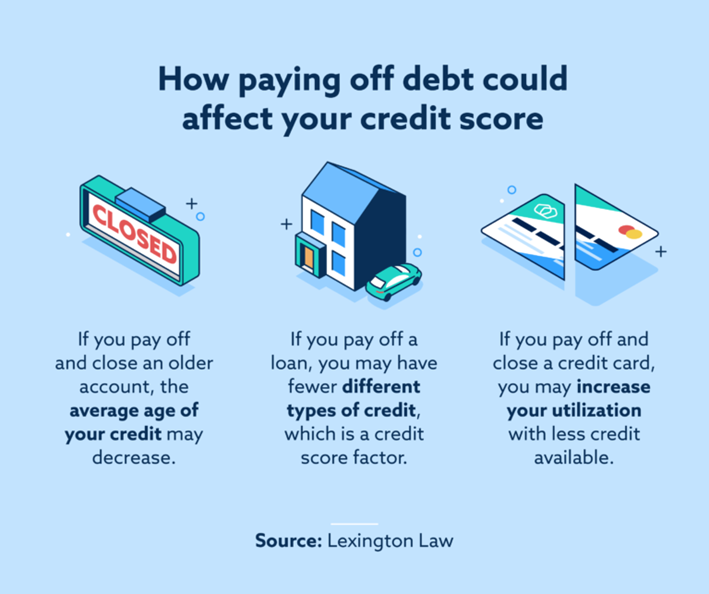
Credit card companies offer many services and products. It is possible to compare their products online. Sites can be found that assess different products and classify them according to the main functions. You can also use these websites to find student credit cards. These will list the rates and benefits. These websites can help you compare credit cards and get an idea of their pros and cons.
Interest charges vary widely from card issuer to card issuer
The interest rates on credit cards can vary depending on who issued them. Some issuers charge "teaser rates" - zero percent for the first few months - while others charge up to 40 percent for the rest of the year. Interest rates are also set by individual states. Rates can vary in states like South Dakota where there are no interest rates limits or Delaware where the usury laws have weaker provisions.
The interest rates charged on credit cards are different for different creditworthiness levels. Some cards may have a higher rate for borrowers with lower credit, while others have lower rates for those with higher credit scores. The prime interest rate banks charge to their most creditworthy clients determines your interest rates.

Rates of interest can vary from one card issuer to the next
Although the average interest rate for credit cards is subject to change, it is typically around 17% in the first half 2019. NerdWallet and the Federal Reserve have established that credit card interest rates are determined by consumer credit ratings. Higher credit scores lead to lower rates. Consumers with better credit are more likely to repay their debts.
A new regulation governing credit card fees has led banks to increase their interest rates and others to raise fees. Consumers are encouraged to do comparisons and study the fees associated credit cards.
Benefits from a balance transfer credit cards
Balance transfers can be a great way to increase your credit score. However, they may not always deliver immediate results. You could be in debt more quickly if you do not make your payment on time. This can result in a rise in your debt to credit ratio. Additionally, a balance transfer can have a negative affect on your credit history and could even cause an increase in interest rates.
A balance transfer allows you to move your credit card balance onto a card that has a lower interest rate. This can help reduce your monthly payment and enable you to pay down a greater percentage of your balance in a shorter time. Many balance transfer cards offer introductory periods at 0% APR. These rates are available for between 12 and 21 months.

Interest costs on credit card loans
The amount you borrow and whether or not you balance transfer, as well as the type of purchase, will affect the interest rate on credit card loans. Your credit score as well the credit card issuer could also impact the interest rate. The annual percentage rate, also known as the APR, measures interest expenses over a year.
Interest expenses on credit cards are an ongoing expense that you must pay. This expense is typically calculated at an annual percentage (APR) and listed in the terms. The APR may fluctuate depending on federal rates. Credit CARD Act of2009 prohibits issuers raising the rate without prior notification.